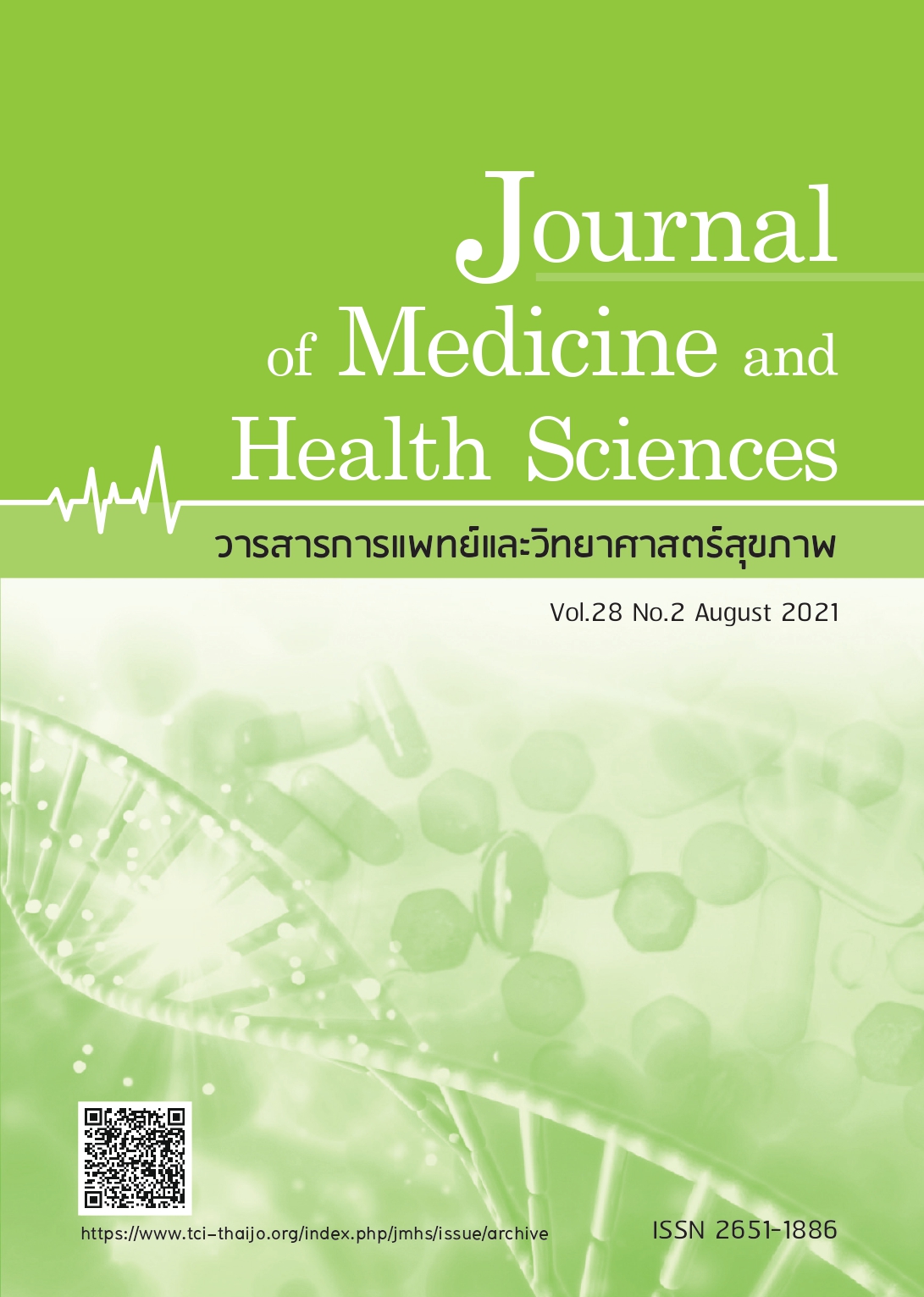Case report: a patient who developed anaphylaxis after receiving Tetanus toxoid, Rabies vaccine, and Immunoglobulin: Difficulties in assessing and managing adverse drug reactions in the absence of alternative vaccines
Keywords:
anaphylaxis, vaccines, Immunoglobulin, RabiesAbstract
Rabies is a disease with a high mortality rate. Rabies vaccines or Immunoglobulins are necessary for post-exposure prophylaxis, and severe adverse reactions are uncommon. This case report presents a patient who developed anaphylaxis after receiving tetanus, rabies, and immunoglobulin after being bitten by a monkey. In general, a pharmacist cannot determine which products triggered the reaction until the patient has undergone additional allergic testing by a doctor specializing in allergies and immunology. The most convenient option for a doctor or a pharmacist is to recommend that the patient receives a different type of tetanus and rabies vaccine from another hospital. However, as this case study shows, it can cause more problems for some patients. Since switching hospitals may affect the health insurance of the patients and increased the costs of vaccination services. With regard to these limitations, patients should be informed about the benefits of receiving a full course of vaccination in terms of preventing death from rabies. The patient provided written informed consent to receive the same type of vaccine and monitored for adverse effects to the vaccine more closely than in a typical vaccination event. Therefore, health care providers are responsible for providing information and increasing the understanding of disease prevention through vaccination and adverse reactions that occurred among the patients, as well as coordinating multidisciplinary teams to plan for adverse reaction prevention using booster vaccines in patients that have previously experienced an adverse reaction to a vaccine.
References
2020 Dec 30]. Available from: https://apps.who.int/iris/bitstream/handle/10665/272756/9789241513838-eng.pdf.
2. Yurachai O, Hinjoy S, Wallace RM. An epidemiological study of suspected rabies exposures and adherence to rabies postexposure prophylaxis in Eastern Thailand,
2015. PLoS Negl Trop Dis. 2020;14(2):e0007248. doi: 10.1371/journal.pntd.0007248.
3. Department of Disease Control. Rabies clinical practice guideline and frequently asked questions 2019. [internet]. 2019 [cited 2020 Dec 30]. Available from: https://drive.google.com/file/d/1gFSAAUXG-yKV0DR0axTOHggg_BVxoFgm/view.
4. The Allergy, Asthma, and Immunology Association of Thailand. Clinical Practice Guidelines for Anaphylaxis 2017 [internet]. 2017 [cited 2020 Dec 30]. Available from:
http://allergy.or.th/2016/pdf/Thai_CPG_ Anaphylaxis_2017_Full_version.pdf.
5. Dreskin SC, Halsey NA, Kelso JM, et al. International Consensus (ICON): Allergic reactions to vaccines. World Allergy Organ J. 2016;9(1):32. doi: 10.1186/s40413-016-
0120-5. Available from: https://waojournal.biomedcentral.com/articles/10.1186/s40413-016-0120-5#Tab1.
6. LoVerde D, Iweala OI, Eginli A, et al. Anaphylaxis. Chest. 2018;153:528-43.
7. McNeil MM, DeStefano F. Vaccineassociated hypersensitivity. J Allergy Clin Immunol. 2018;141(2):463-72. doi:10.1016/j.jaci.2017.12.971.
8. Department of Disease Control. Vaccines and Immunization Textbook 2019. [internet]. 2019 [cited 2020 Dec 30].Available from: http://dmsic.moph.go.th/ upload/web_download/ddc_vaccines-nimmunesystem2562_20191102_183930.pdf.
9. Braun MM, Patriarca PA, Ellenberg SS. Syncope after immunization. Arch Pediatr Adolesc Med. 1997;151(3):255-9. doi: 10.1001/archpedi.1997.02170400041007.
10. McNeil MM, Weintraub ES, Duffy J, et al. Risk of anaphylaxis after vaccination in children and adults. J Allergy Clin Immunol. 2016;137(3):868-78. doi: 10.1016/j.jaci.2015.07.048.
11. Suwansrinon K, Jaijareonsup W, Wilde H, et al. Sex- and age-related differences in rabies immunoglobulin hypersensitivity.Trans R Soc Trop Med Hyg. 2007;101(2):206-8. doi: 10.1016/j.trstmh.2006.04.009.
12. Health Product Vigilance Center. Spontaneous reports of adverse drug reactions 2019. [internet]. 2019 [cited 2020 Dec 30]. Available from: http:// thaihpvc.fda.moph.go.th/thaihvc/Public/News/uploads/hpvc_1_3_4_101019.pdf.
13. Stone CA Jr, Rukasin CRF, Beachkofsky TM, et al. Immune-mediated adverse reactions to vaccines. Br J Clin Pharmacol 2019;85:2694-2706.
14. Huang S, Zhu Z, Cai L, et al. Analysis on the risks of severe adverse events in rabies post-exposure prophylaxis and appropriate decision-making procedure. Hum Vaccin
Immunother 2019;15:2121-5.
15. World Health Organization. Rabies vaccines and immunoglobulins: WHO position April 2018 [Internet]. Geneva: 2018 [cited 2020 Dec 30]. Available from: https://www.who.int/immunization/ policy/position_papers/pp_rabies_summary_2018.pdf.
16. Kittipongwarakarn S, Hawe A, Tantipolphan R, et al. New method to produce equine antirabies immunoglobulin F(ab’)2 fragments from crude plasma in high quality and yield. Eur J Pharm Biopharm 2011;78:189-95.
17. Squaiella-Baptistão CC, Magnoli FC, Marcelino JR, et al. Quality of horse F(ab’)2 antitoxins and anti-rabies immunoglobulins: protein content and anticomplementary activity. J Venom Anim Toxins Incl Trop Dis 2018;24:16.
18. Nilsson L, Brockow K, Alm J, et al. Vaccination and allergy: EAACI position paper, practical aspects. Pediatr Allergy Immunol 2017;28:628-40.
19. Kelso JM, Greenhawt MJ, Li JT, et al. Adverse reactions to vaccines practice parameter 2012 update. J Allergy Clin Immunol 2012;130:25-43.
20. Karliner JS, Belaval GS. Incidence of reactions following administration of antirabies serum: Study of 526 cases. JAMA. 1965;193(5):359-62. doi:10.1001/ jama.1965.03090050035009.
21. Reveneau E, Cottin P, Rasuli A. Two decades of pharmacovigilance and clinical experience with highly purified rabies immunoglobulin F(ab’)2 fragments. Expert
Rev Vaccines. 2017;16(3):273-87. doi:10.1080/14760584.2017.1244009.
22. Wang XJ, Lang J, Tao XR, et al. Immunogenicity and safety of purified Vero-cell rabies vaccine in severely rabiesexposed patients in China. Southeast Asian J Trop Med Public Health. 2000;31(2):287-94. PMID: 11127328.
23. Wilde H, Chomchey P, Punyaratabandhu P, et al. Purified equine rabies immune globulin: a safe and affordable alternative to human rabies immune globulin. Bulletin of the World Health Organization.1989;67(6):731-736. Available from:https://apps.who.int/iris/bitstream/h a n d l e / 1 0 6 6 5 / 4 7 4 9 6 / b u l l e t i n _1989_67%286%29_731 736.pdf?sequence=1&isAllowed=y.
24. Worathitianan B, Chockchalermwong S,Reongkhumklan S. Economic impact of revised rabies immunoglobulin administration protocol 2018 in the Emergency Department, Nakhon Pathom Hospital. Dis Control J 2019;45:293-304.(in Thai)
25. Moro PL, Lewis P, Cano M. Adverse events following purified chick embryo cell rabies vaccine in the vaccine adverse event reporting system (VAERS) in the United States, 2006-2016. Travel Med Infect Dis 2019;29:80-1.
26. Seitz CS, Bröcker EB, Trautmann A. Vaccination-associated anaphylaxis in adults: Diagnostic testing ruling out IgEmediated vaccine allergy. Vaccine 2009;27:3885-9.



